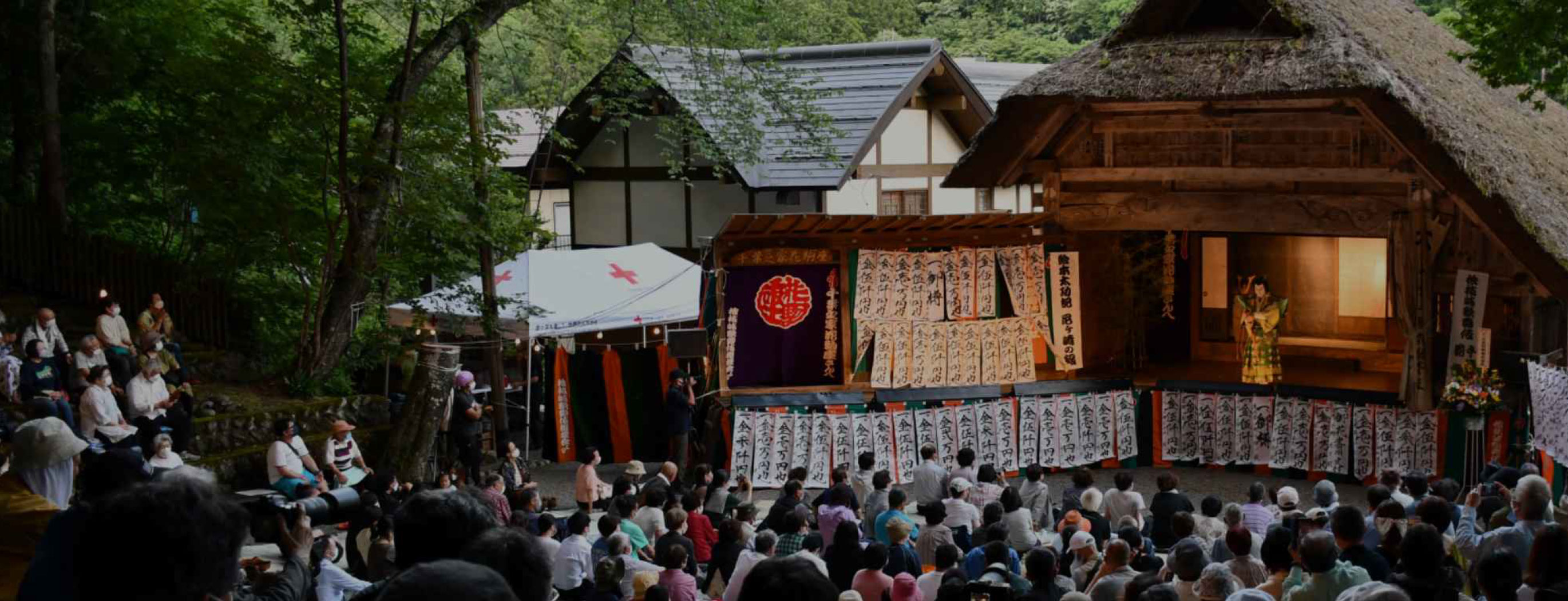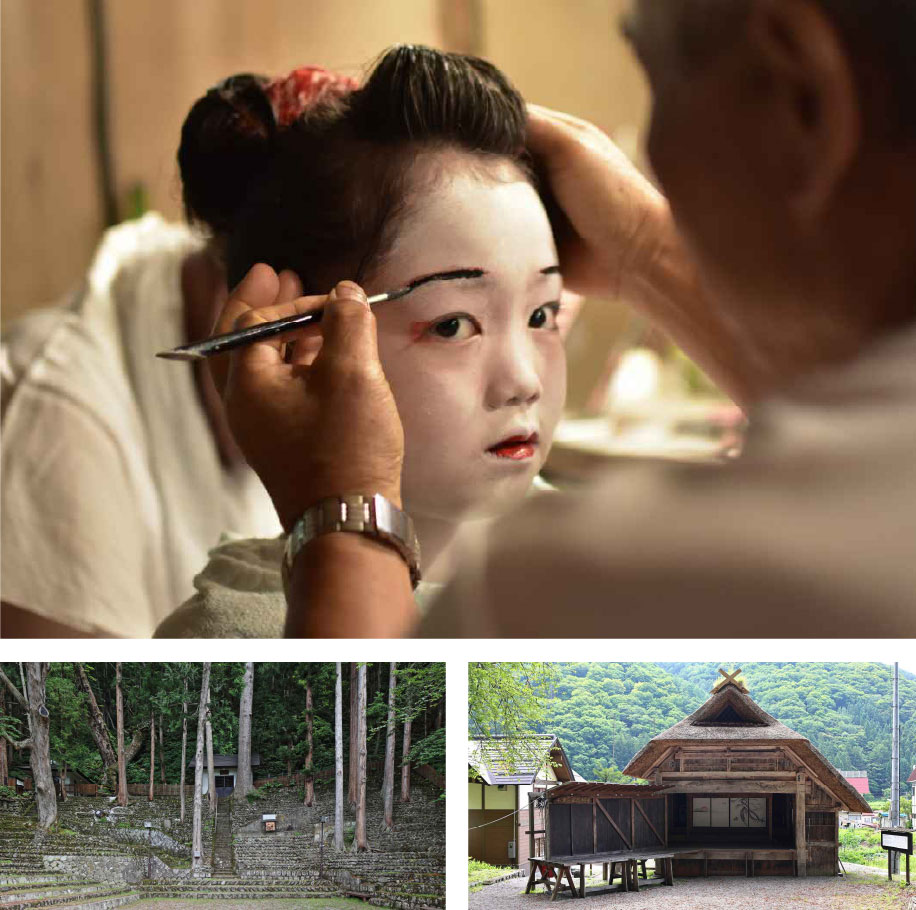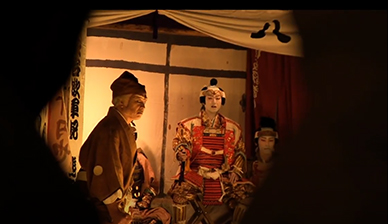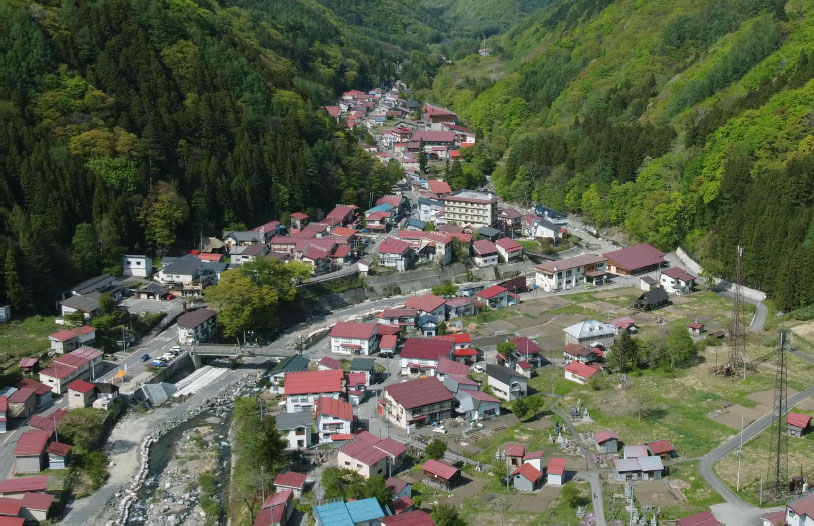

 Hinoemata
Hinoemata
Kabuki is a traditional Japanese theater known for its elaborate makeup and costumes, combining dance, song, anddrama to tell stories of historical and emotional depth.

Heritage
According to the literature, at the time of the relocation of the Heian capital in 794, a person named Fujiwara Kaneharu became the mayor. Later, people fleeing the wars of the 12th and 16th centuries are said to have moved in, and they have lived in this hidden village for generations, overcoming the inconvenience of not being able to grow rice, avalanches caused by heavy snowfall, floods caused by valleys, and disasters caused by large fires.

Culture
Hinoemata has maintained its village Kabuki tradition for over 280 years. Locals manage all aspects of the performances, which include three annual events: "Atago Shrine Festival Dedication Kabuki," "Chinju Shrine Festival Dedication Kabuki," and "Kabuki Evening."





